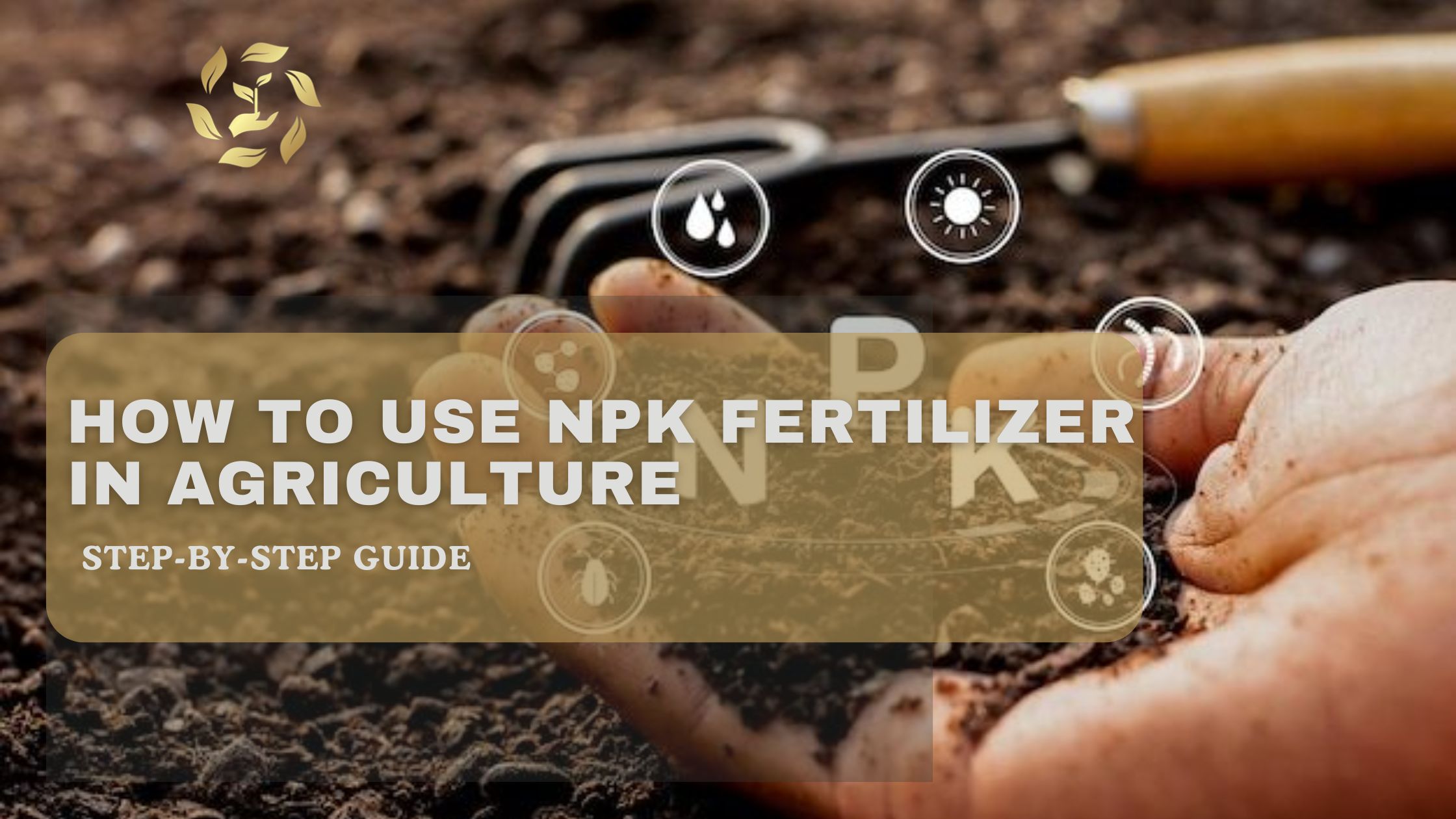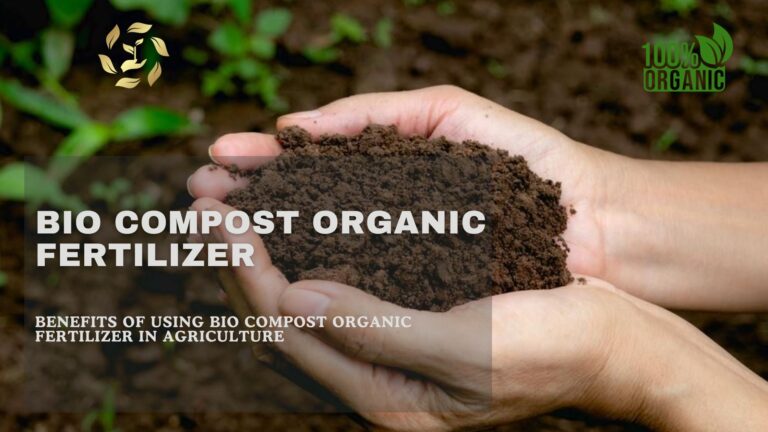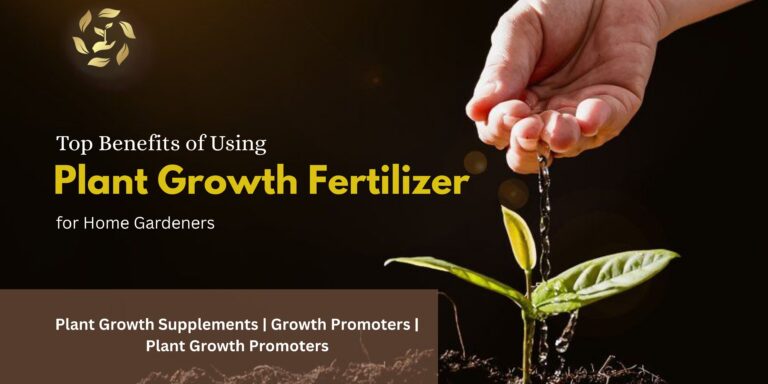Asiaflock Enterprises

Step-by-Step Guide: How to Use NPK Fertilizer in Agriculture
Agriculture has always relied on the right balance of nutrients for healthy plant growth and higher yields. One of the most widely used plant growth solutions is NPK fertilizer. If you’re a farmer or grower looking to understand how to use NPK fertilizer effectively, this guide will walk you through everything you need to know. From its full form, composition, and benefits to practical application methods, we’ll cover it step by step. Whether you’re using chemical fertilizers or moving towards sustainable practices like bio compost organic fertilizer, understanding NPK can make a big difference in your results.
Did you know?
Over 60% of global farmers use NPK fertilizer in combination with bio compost organic fertilizer to balance crop nutrition and maintain soil health
What Is NPK Fertilizer?
Before learning how to use it, let’s answer a simple question: what is NPK fertilizer?
The NPK fertilizer full form stands for Nitrogen (N), Phosphorus (P), and Potassium (K)—three essential macronutrients that plants need for survival and growth. Each nutrient has a specific role:
- Nitrogen (N): Promotes leafy growth and gives plants their green color.
- Phosphorus (P): Supports strong root development and helps with flowering and fruiting.
- Potassium (K): Strengthens plant immunity, improves drought resistance, and enhances overall crop quality.
The NPK fertilizer composition varies depending on the crop’s requirement. For example, leafy vegetables may need more nitrogen, while fruiting plants might need higher potassium and phosphorus.
Why Use NPK Fertilizer in Farming?
Farming requires maintaining soil fertility and ensuring balanced nutrition. That’s where plant growth fertilizer like NPK comes in. Here are the main benefits:
- Ensures balanced nutrient supply.
- Improves soil fertility for long-term farming.
- Boosts root development, flowering, and fruit yield.
- Enhances resistance against pests and diseases.
- Helps farmers achieve higher productivity per acre.
While some farmers rely entirely on chemical fertilizers, many are now blending them with organic fertilizers exporter solutions to ensure sustainable farming practices.
Step-by-Step Guide: How to Use NPK Fertilizer
Now, let’s get into the practical part—how to use NPK fertilizer effectively in agriculture.
1. Identify Crop Requirements
Every crop has unique nutrient needs. For example, rice and wheat require more nitrogen, while fruits like tomatoes and mangoes demand higher potassium. Check soil health reports or consult an agronomist before deciding the NPK ratio.
2. Choose the Right NPK Ratio
The NPK fertilizer composition comes in different ratios like 10:26:26, 19:19:19, or 20:10:10. For leafy greens, higher nitrogen is useful, while flowering and fruit crops thrive on higher phosphorus and potassium.
3. Select Application Method
NPK fertilizers can be applied in different ways:
- Broadcasting: Spreading fertilizer evenly on the soil surface.
- Band Placement: Applying fertilizer near the root zone for better absorption.
- Foliar Spray: Mixing with water and spraying on leaves for quick nutrient absorption.
- Fertigation: Applying through irrigation systems for uniform distribution.
4. Timing of Application
The right timing is critical. Apply NPK during sowing or early stages of growth for maximum effectiveness. For fruit crops, a second application during the flowering stage ensures better yield.
5. Dosage Control
Overuse of fertilizers can damage crops and soil health. Always follow recommended dosages based on crop type and soil test reports. If unsure, consult agricultural experts.
Balancing NPK with Other Fertilizers
While NPK is essential, balancing it with other fertilizers ensures sustainable farming. For example:
- Bio compost organic fertilizer improves soil health naturally.
- Plant growth fertilizer like micronutrient supplements can fill nutrition gaps.
- Combining organic and chemical fertilizers helps improve crop quality while reducing environmental risks.
Best Practices for Using NPK Fertilizer
- Test your soil regularly to determine exact nutrient needs.
- Apply fertilizer close to the root zone to reduce wastage.
- Avoid over-fertilization to prevent soil degradation.
- Use water-soluble NPK for faster results in high-value crops.
- Combine NPK with organic solutions for long-term soil health.
Using NPK fertilizer the right way can make a significant difference in farming outcomes. From improving soil fertility to boosting crop yield, it is a key tool for modern agriculture. However, sustainable practices—such as combining organic fertilizers exporter solutions with NPK—are equally important for long-term success.
👉 If you are a farmer, agribusiness, or trader looking for high-quality fertilizers and sustainable agricultural solutions, partner with Asia Flock today. Get expert guidance and premium products to grow your business and boost your harvest.
Key Takeaways
- How to use NPK fertilizer effectively depends on crop type, soil health, and timing.
- NPK fertilizer full form is Nitrogen, Phosphorus, and Potassium—essential for plant growth.
- Balanced use of chemical fertilizers and bio compost organic fertilizer helps maintain soil fertility.
- Proper dosage and method of application improve crop yield and quality.
- Combining NPK with sustainable practices ensures long-term agricultural success.
Frequently Asked Questions
Q1. How to Use NPK Fertilizer for Better Crop Growth?
Apply NPK according to your crop’s nutrient needs and soil condition. Use the right ratio and method—broadcasting, spraying, or fertigation—for best results.
Q2. What Is the Right Way to Apply NPK Fertilizer in Soil?
The best way is to apply NPK near the root zone or mix it into the soil during planting. This ensures maximum absorption and reduces wastage.
Q3. How Much NPK Fertilizer Should I Use for My Plants?
Dosage depends on crop type and soil fertility. Follow recommendations from agricultural experts or soil testing reports to avoid under or overuse.
Q4. When Is the Best Time to Use NPK Fertilizer in Farming?
NPK should be applied during sowing or the early growth stage. For fruiting crops, additional application during flowering and fruit setting is recommended.
Q5. Can NPK Fertilizer Improve Vegetable and Fruit Yield?
Yes, NPK ensures balanced nutrition, stronger roots, and healthier plants, which directly leads to higher fruit and vegetable yields.



